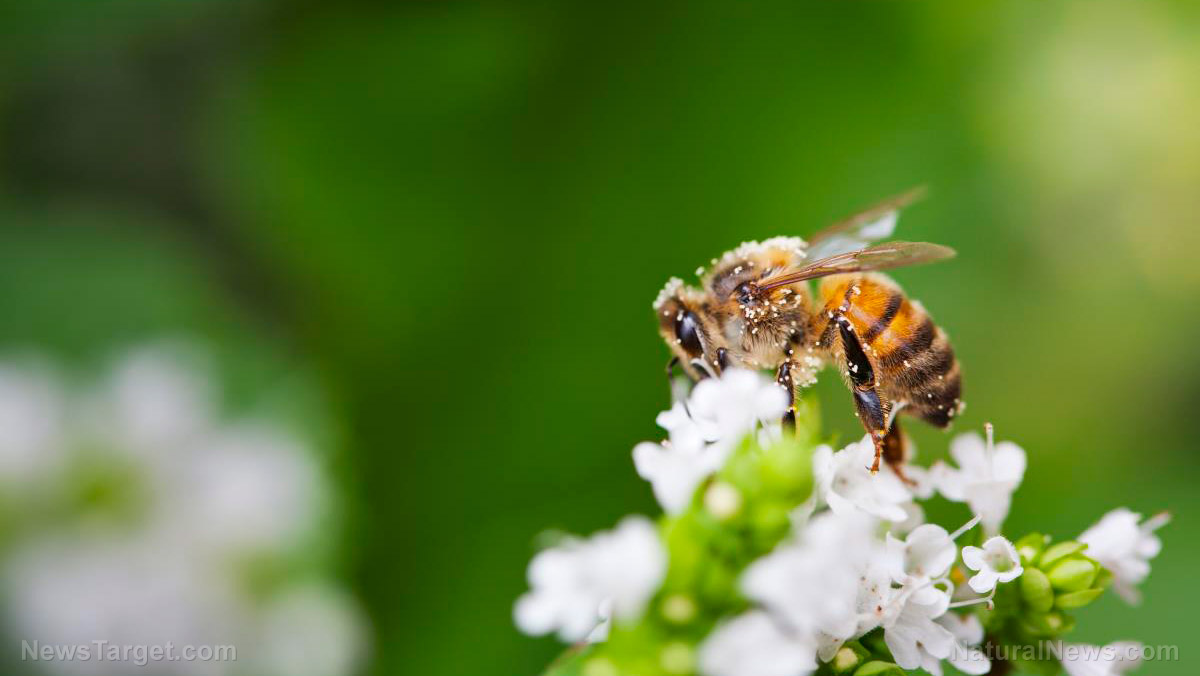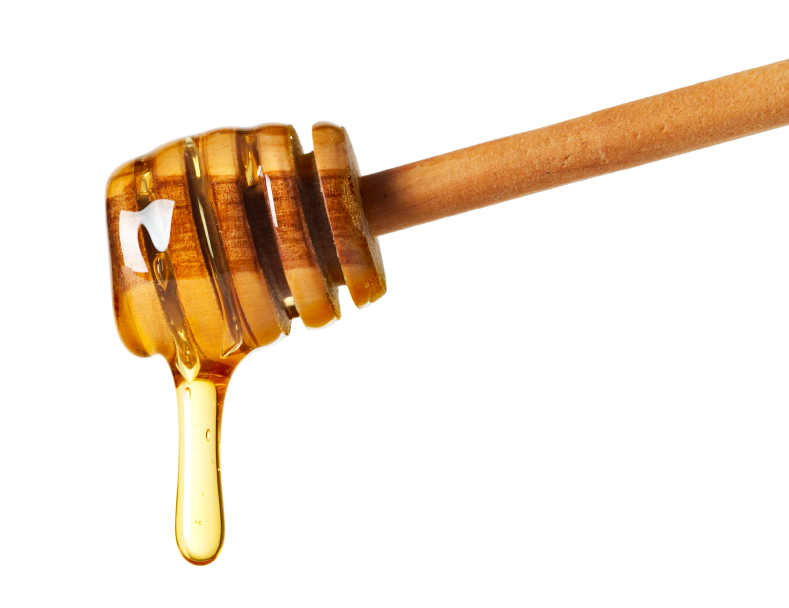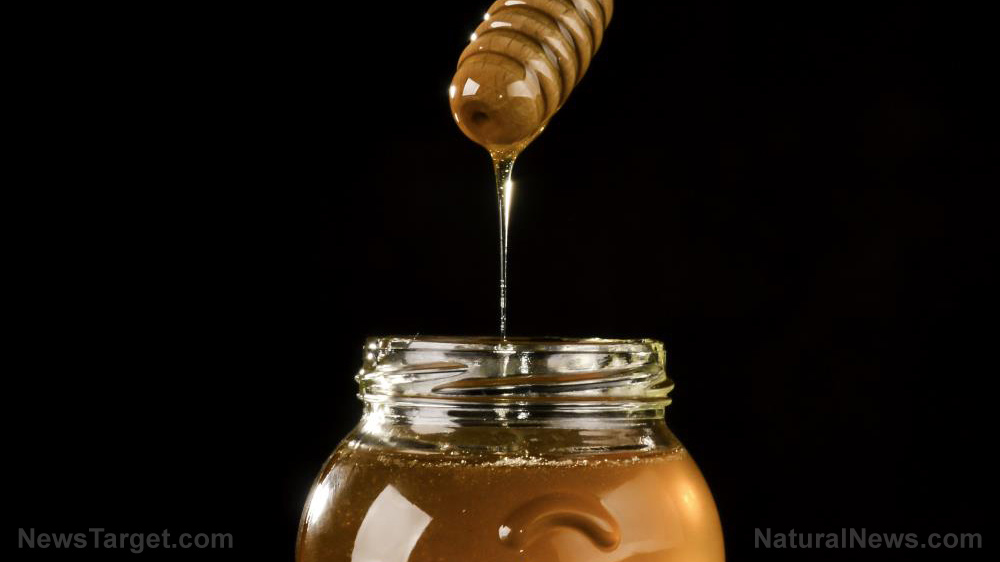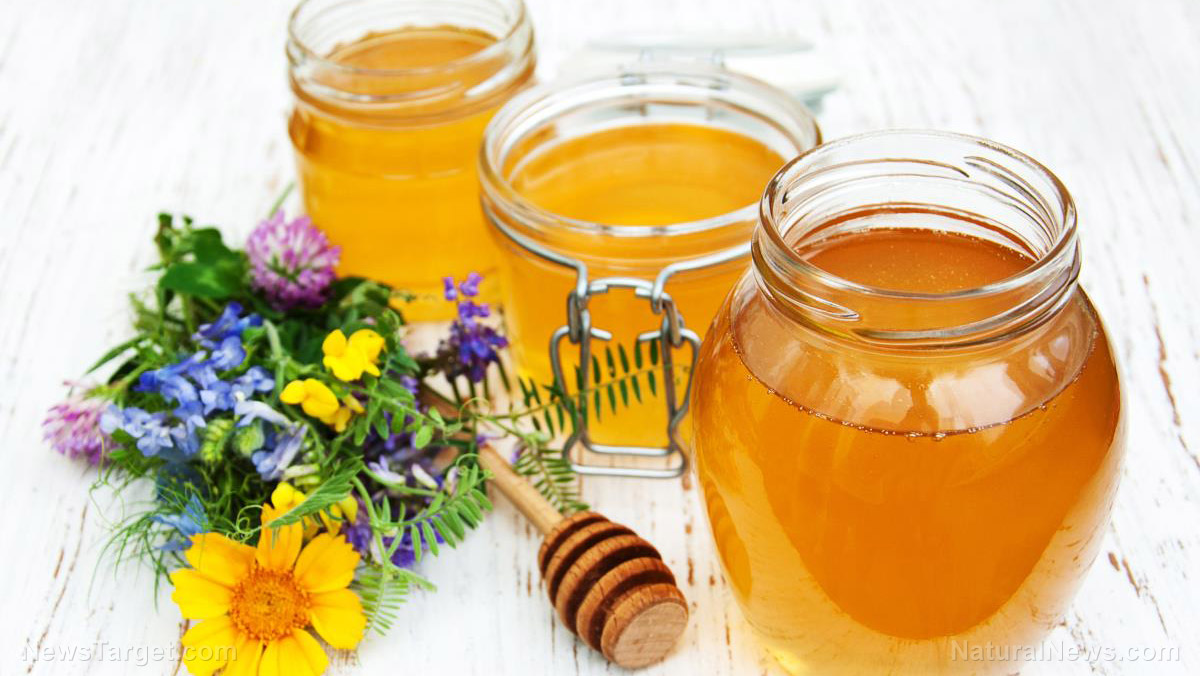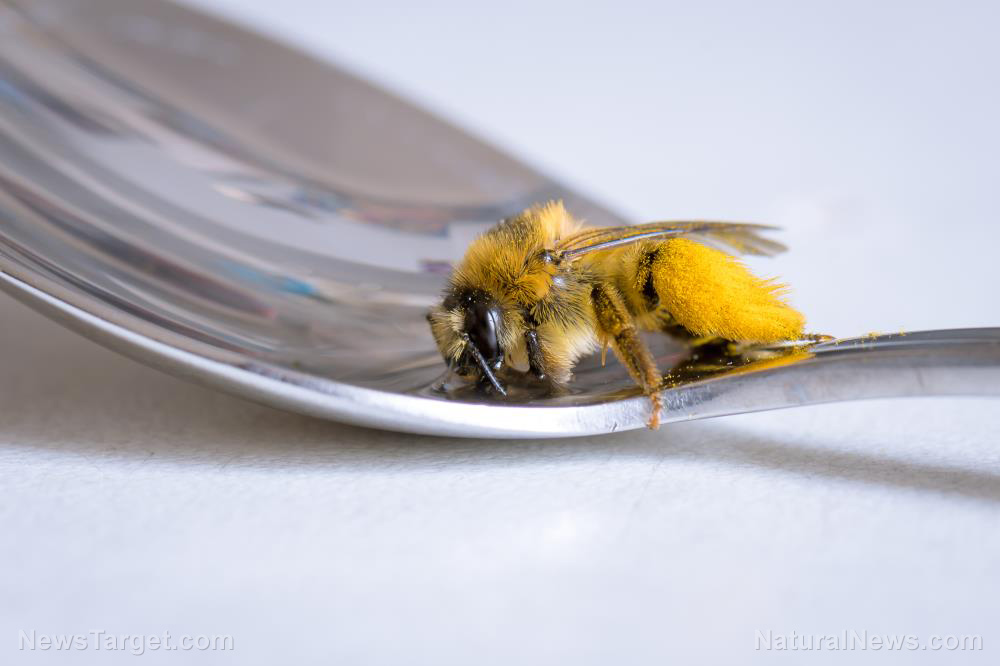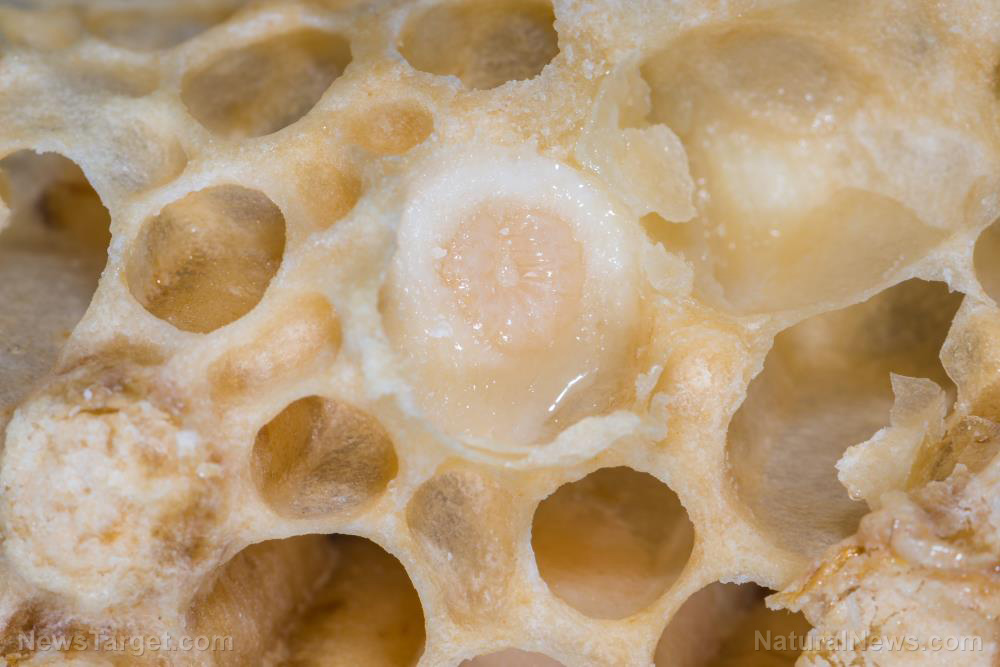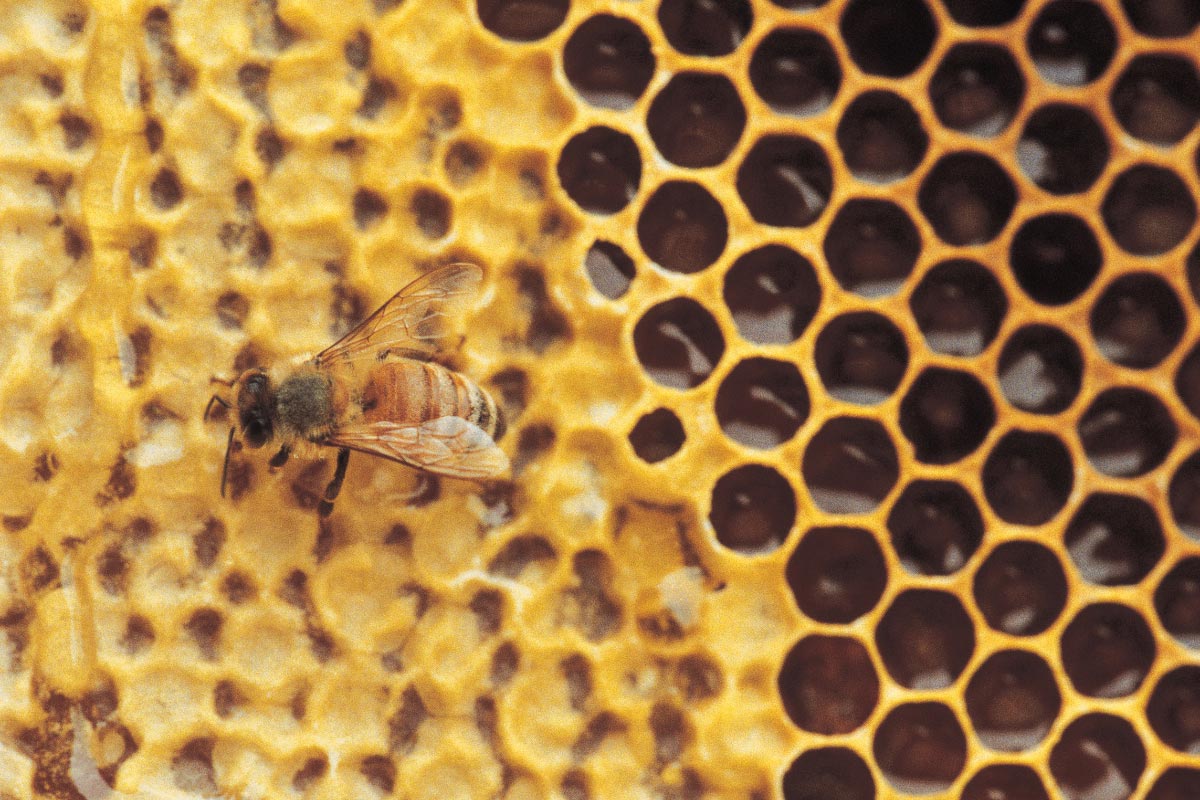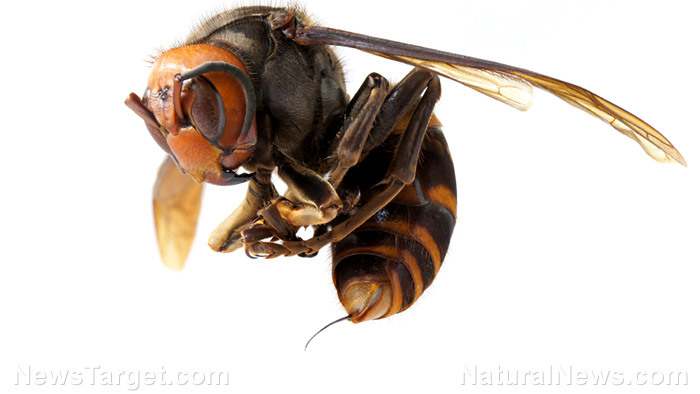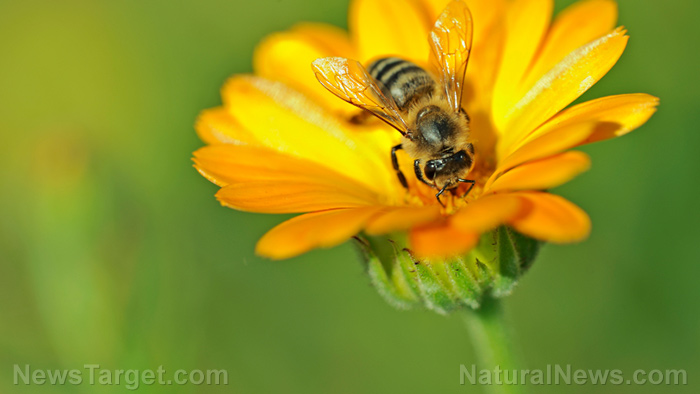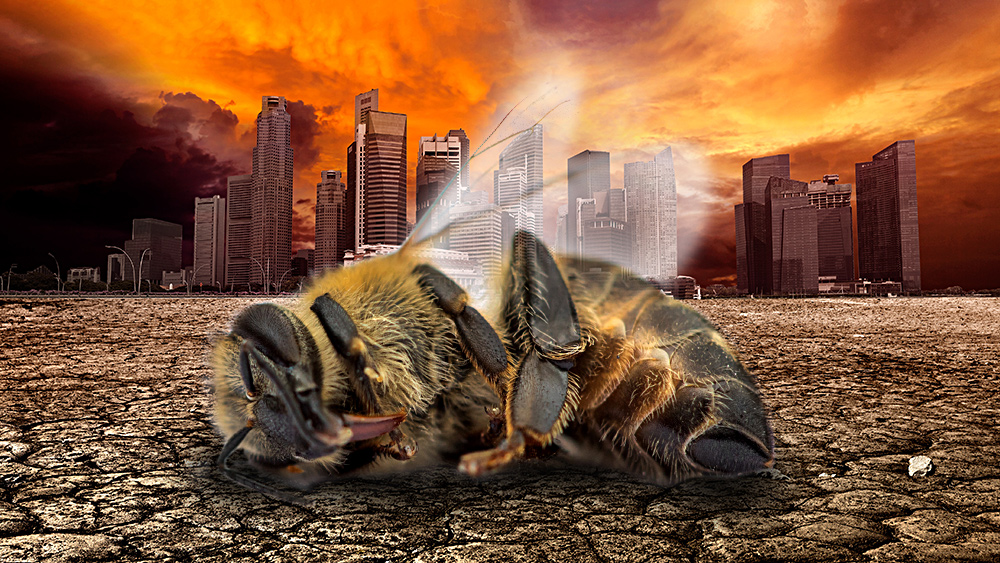Besides causing cancer in humans, Roundup also kills bees
04/28/2021 / By Ethan Huff

New research published in the Journal of Applied Ecology has revealed that secret ingredients used in the Roundup (glyphosate) herbicide formula are highly toxic to bees.
In addition to causing cancer in humans, Roundup contains so-called “inert” ingredients, none of which are subject to mandatory Environmental Protection Agency (EPA) testing, that researchers found are a death sentence for bees, butterflies and other pollinators.
Glyphosate itself is toxic to bees, and now there are other mystery chemicals being identified in the Roundup formula that are likewise toxic to pollinators, which we need in order to grow food.
“Pesticides are manufactured and sold as formulations that contain a mixture of compounds, including one or more active ingredients and, potentially, many inert ingredients,” the Center for Food Safety (CFS) revealed in a statement.
“The inert ingredients are added to pesticides to aid in mixing and to enhance the products’ ability to stick to plant leaves, among other purposes.”
What these “inert” ingredients do, it turns out, is suffocate bees by blocking their normal breathing. These poor creatures end up drowning as a result of exposure to the deadly substances.
After testing numerous combinations of these inert ingredients to see how they affected bees, it was determined that many of them were so visibly toxic that were they required to undergo testing may not ever get approved. One of the combinations killed 96 percent of exposed bees within 24 hours.
Roundup and other herbicides are destroying the food chain, thanks to the worthless EPA
When exposed to the Roundup Ready-To-Use formula, bees died at a mortality rate of 94 percent over the course of 24 hours. Exposure to Roundup ProActive resulted in a 30 percent mortality rate over 24 hours.
The glyphosate-containing Weedol triggered a much smaller mortality rate due to a different combination of inert ingredients. However, the Roundup No Glyphosate formula, which as its name indicates contains no glyphosate, resulted in a 96 percent mortality rate.
“This important new study exposes a fatal flaw in how pesticide products are regulated here in the U.S.,” says Jess Tyler, a staff scientist at the Center for Biological Diversity.
“Now the question is, will the Biden administration fix this problem, or will it allow the EPA to continue its past practice of ignoring the real-world harms of pesticides?”
According to CFS, there are currently 1,102 registered pesticide and herbicide formulations that contain glyphosate. All of them contain their own proprietary mixtures of glyphosate and other chemicals.
In 2017, CFS filed a legal petition calling on the EPA to force companies to provide safety data on all pesticide and herbicide formulations that contain unlabeled and untested inert ingredients.
“The EPA must begin requiring tests of every pesticide formulation for bee toxicity, divulge the identity of ‘secret’ formulation additives so scientists can study them, and prohibit application of Roundup herbicides to flowering plants when bees might be present and killed,” says Bill Freese, the CFS science director.
“Our legal petition gave the EPA a blueprint for acting on this issue of whole formulations. Now they need to take that blueprint and turn it into action, before it’s too late for pollinators.”
Right around the time Monsanto was acquired by German pharmaceutical giant Bayer back in 2018, it was definitively established that Roundup causes cancer in humans. Disturbing photographs of people’s skin being eaten alive by exposure quickly began to circulate online (see below):
In this second excerpt from “The Monsanto Papers,” Lee Johnson tells journalist @careygillam how it took him awhile, but eventually he figured out that he’d been poisoned by #Monsanto’s #Roundup #weedkiller. #TheDefenderhttps://t.co/PFihIB75Oz
— Robert F. Kennedy Jr (@RobertKennedyJr) April 21, 2021
This merger was widely condemned by environmentalists and food safety advocates who warned that it would create the single-largest corporate purveyor of genetically modified (GMO) poisons in the world.
More related news stories about this subject can be found at Glyphosate.news.
Sources for this article include:
Submit a correction >>
Tagged Under:
bees, cancer, glyphosate, inert, ingredients, Monsanto, Roundup, toxic
This article may contain statements that reflect the opinion of the author
RECENT NEWS & ARTICLES
COPYRIGHT © 2017 BEES NEWS

